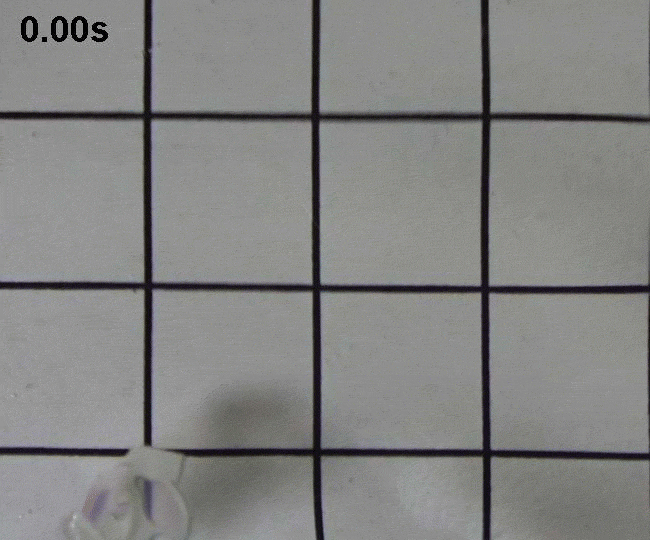Scientists have built a school of robotic fish powered by human heart cells.
The fish, which swim on their own, show how lab-grown heart tissue can be designed to maintain a rhythmic beat indefinitely, a team reports in the journal Science.
“It’s a training exercise,” says Kit Parker, a professor of bioengineering and applied physics at Harvard. “Ultimately, I want to build a heart for a sick kid.”
The tiny biohybrids, based on zebrafish, are built from paper, plastic, gelatin and two strips of living heart muscle cells. One strip runs along the left side of the robot’s body, the other along the right.
When the muscle cells on one side contract, the tail moves in that direction, propelling the fish through the water.
The movement also causes the strip of muscle cells on the opposite side to stretch. This stretching, in turn, produces a signal that causes the cells to contract, which perpetuates the swimming motion.
“Once that cycle starts, these things just start motoring,” Parker says.
































